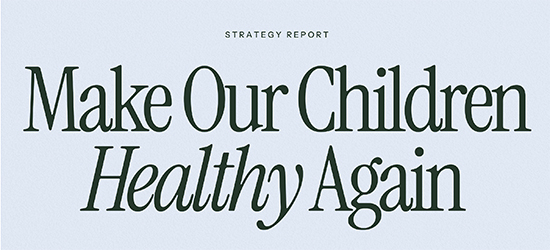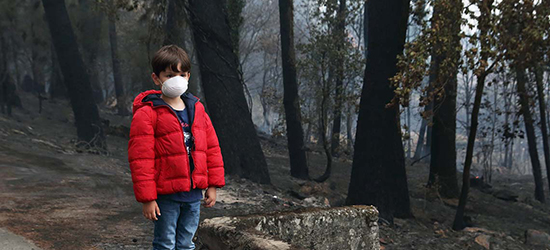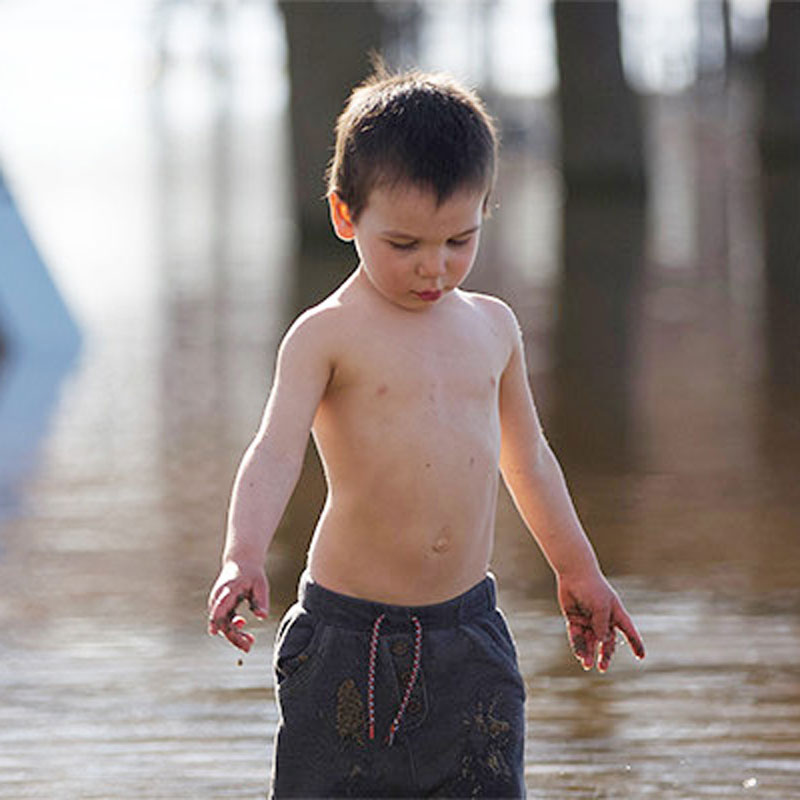The President’s Task Force on Environmental Health Risks and Safety Risks to Children is the focal point for coordinating federal government efforts to explore, understand, and act together to improve children’s environmental health and safety.
Learn More Aboutthe Task Force

-
Featured Activities

On September 9, 2025, The Make America Healthy Again Commission released the Make Our Children Healthy Again Strategy, a sweeping plan with more than 120 initiatives to reverse the failed policies that fueled America’s childhood chronic disease epidemic. The strategy outlines targeted executive actions to advance gold-standard science, realign incentives, increase public awareness, and strengthen private-sector collaboration.
-
Featured Resources

Wildfires can impact populations, including children, in many ways. Understanding the risks and health effects of wildfires, having up-to-date status of wildfire exposure and air quality, and outlining actions that can help to decrease the impact of these events can help families and communities protect their health. The Subcommittee on Climate, Emergencies, and Disasters of the President’s Task Force on Environmental Health Risks and Safety Risks to Children has compiled this list of publicly available wildfire and health resources to assist families and communities in protecting children’s health during and after such events.

Focus Areas

Asthma
The Task Force works to address preventable environmental factors that lead to differences in the burden of asthma for poor and minority children relative to their peers.

Chemical Exposures
The Task Force promotes understanding and predicting disease and disabilities in children across their life stages that result from exposure to chemicals and metals, including pesticides, manufacturing ingredients, lead, and others, is a focus of the Task Force.

Children in Emergencies and Disasters
The Task Force seeks to empower federal partners to collectively address gaps in health research and protection of children that arises from their exposure to public health emergencies and disasters.

Lead Exposures
The Task Force coordinates interagency efforts to better understand and prevent disease and disabilities in children from lead, including development of a new federal lead strategy.
